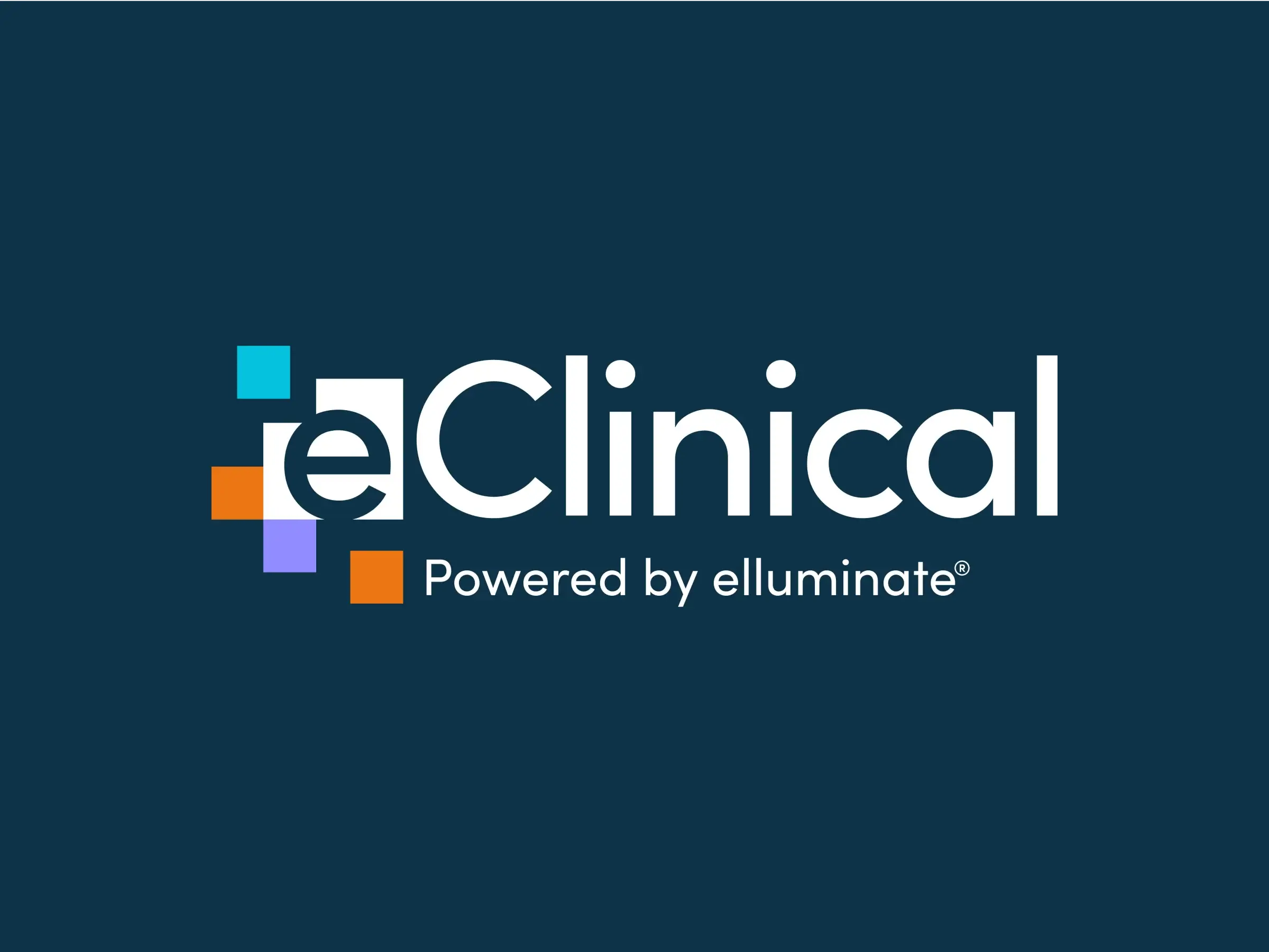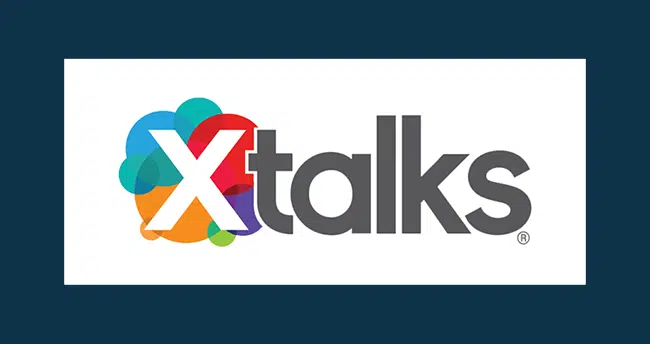
Interoperability and automation: How we handle the increasing complexity of data sources
In the last few years, the evolvement in decentralized trials, patient reported outcomes and real world evidence studies resulted in an increasing volume and complexity of data. While the adoption of new and modern data exchange techniques was slow in our industry, it now becomes evident that these techniques are necessary to maintain the oversight, quality and traceability of data. What has changed in interoperability and the corresponding automation? And why is this relevant for the statistical programmer and analyst? In this 30-minute webinar, we will also dive into the question whether we can do without any human intervention in the clinical data ingestion and transformation process. This presentation will be illustrated by Achilleas Zaras with examples of the eClinical elluminate platform.
Presenters

Achilleas has 12+ years of experience in software industry involving software demonstrations, managing a team of 15+ developers, hands-on coding in Microsoft .Net platform and Business Intelligence Suites like QlikSense. He has enjoyed a progressive career in diverse roles including responsibilities of a Sales Engineer, Team Manager, Software Engineer and Business Intelligence Analyst in various industries like Banking, Retail and now the Pharmaceutical industry with eClinical Solutions.

Berber Snoeijer started in clinical research in 1997 as a biometrician and has since then worked with clinical data in different functions. In 2001 she started a CRO, Biometrics Support, aiming at the data management, data analysis and reporting of clinical trials. She switched in 2011 to work as a R&D manager dedicated to investigate and utilize the potential of real world data from electronic health records. This resulted in many different solutions including a full reporting system to give feedback information to clinical research professionals. She is experienced with software and database engineering, process engineering, and improving efficient utilization and interactions of people based on management drivers. Nowadays, she uses these skills and knowledge to help life science companies assess, design, and improve business solutions and processes at smaller and larger scales.







